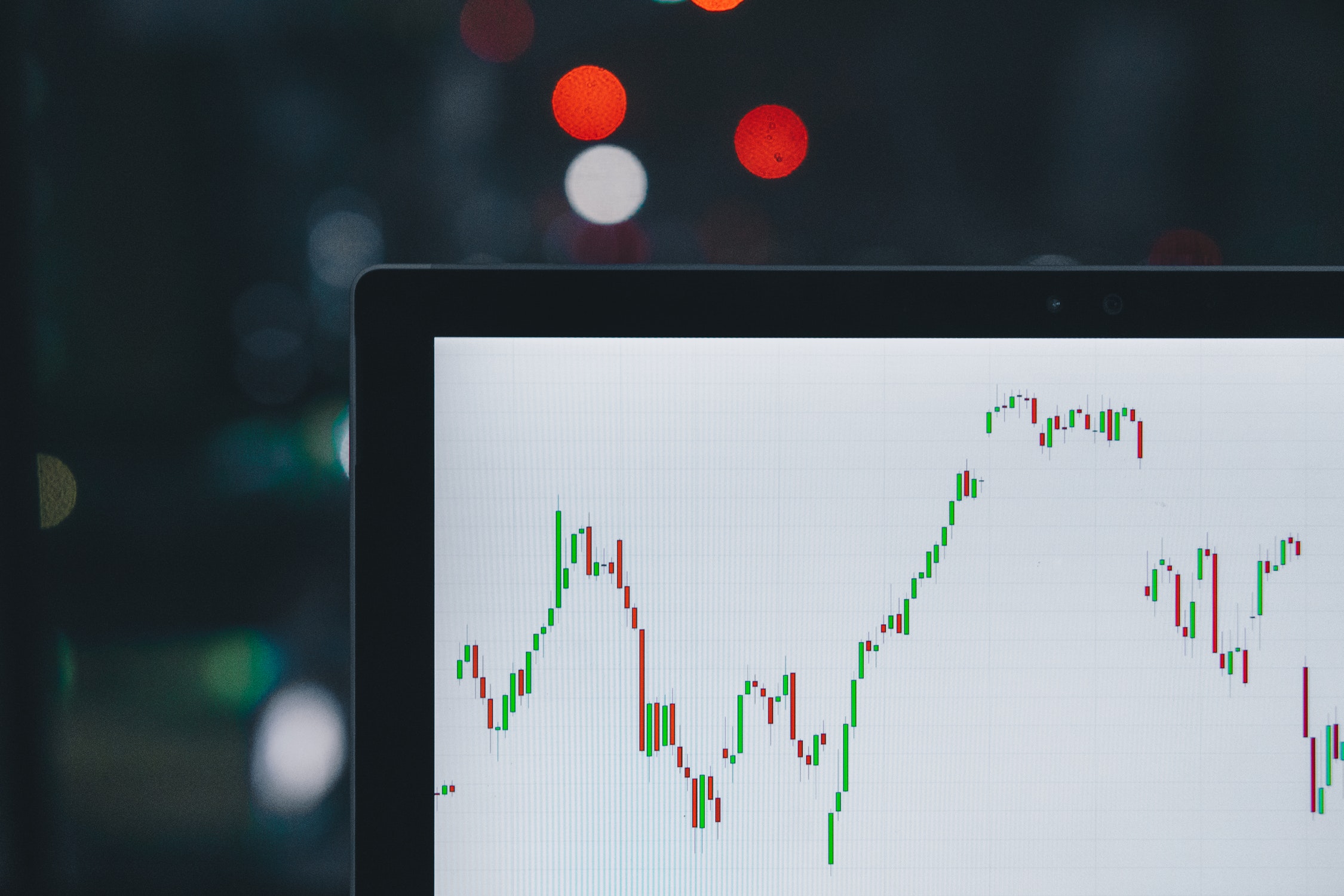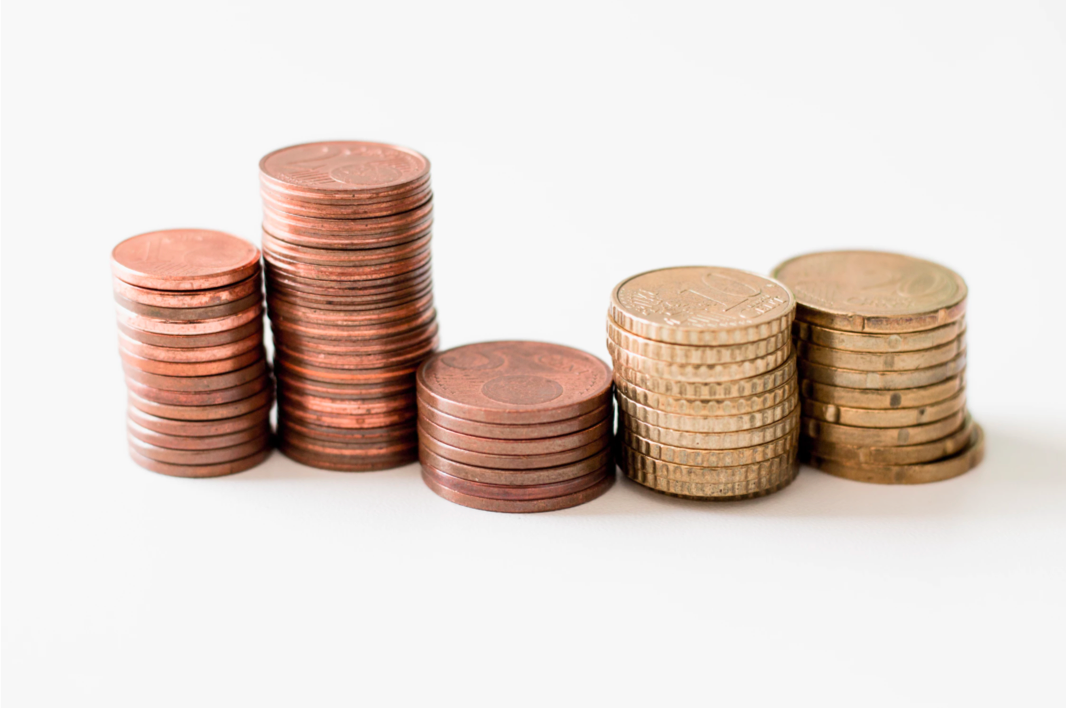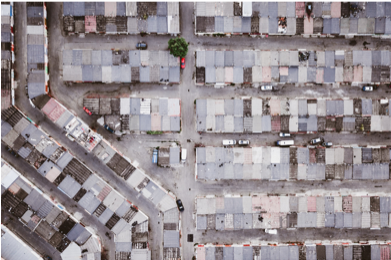Crypto markets Crypto markets are an elemental component within the blockchain ecosystem. A differentiation can be made between primary markets, where cryptocurrencies are issued initially, and secondary markets, where tokens can be exchanged for other currencies. Cryptocurrencies can be emitted in various ways. Bitcoin, the most prominent one, has simply been initiated through execution of computer protocol. Anyone can participate in the network as a miner, providing computing resources that help to secure the network, in return for which they are rewarded with newly created Bitcoins. This mechanism is referred to as Proof-of-Work (PoW). Numerous cryptocurrencies use mining as their consensus mechanism, the way to secure their network. Therefore, mining is a specific ecosystem of its own within crypto markets. Apart from mining, alternative consensus mechanisms include Proof-of-Stake (PoS), Byzantine Fault Tolerance (BFT) or Proof-of-Authority (PoA). All consensus mechanisms have their benefits and drawbacks. Improved consensus mechanisms are currently the subject of intense research efforts. Another form of the emission of cryptocurrency is the so-called minting of tokens. Projects like Ethereum or EOS represent blockchain infrastructure projects that can execute computer code in a decentralized manner. Using these so-called smart contracts, projects can create (mint) new tokens on top of the blockchain that enable on-top applications. Three categories of such tokens can be distinguished: Utility tokens provide digital access to an [...]
Central Bank-issued Digital Currency
Blockchain Research Blog2019-10-13T10:21:33+02:00Central Bank-issued Digital Currency The concept of central bank-issued digital currency (CBDC) became very prominent in 2017/18, with numerous nations signaling their interest in blockchain technology and disclosing sandbox experimentation. These nations include China, Sweden, Estonia, Japan, Canada and Russia. State-initiated efforts to utilize blockchain technology can amount to either creating digital money on the backbone of a centrally governed blockchain (CBDC), utilizing blockchain as an infrastructure for data management and administrative processes, or combined usage. For example, Sweden has been experimenting with blockchain-based land registries, which does not necessarily require the implementation of a tradable asset on the specific blockchain. CBDC is a state-initiated cryptocurrency which serves as a complement to or a potential replacement for traditional cash and fiat money. The cryptocurrency-replicate of a Euro, for instance, would represent the owner’s right to obtain the corresponding value in fiat currency. The number of cryptographic Euros issued by the central bank could be backed by a corresponding number of retained fiat Euro. Digital currency does not entail the costs associated with traditional cash, such as physical paper and metals, printing, transportation, storage and destruction. The advantages of digital currencies in economic, social and political realms could be realized while retaining the traditional fiat currency. Furthermore, CBDC can be deployed in high-risk settings, such as gambling transactions, donation transactions and arms [...]
Frugal Innovation
Blockchain Research Blog2019-10-13T10:23:54+02:00Frugal Innovation The adjective “frugal” denotes efficient or economical use, “not wasteful” or “at little expense.“ Frugal innovations are often associated with variations of existing products or services, whose features are reduced to their core functionalities to serve a specific need. Academia has addressed the topic, investigating the characteristics of innovations and products that are said to be frugal. Three characteristics have been identified: (1) substantial cost reduction, (2) concentration on core functionalities, or (3) improved performance. Intuitively, blockchain technology is an obvious candidate for a frugal innovation. It differentiates from other payment systems by substantial cost reduction and concentration on core functionalities. Not only does blockchain technology’s potential include applications in unserved markets. But the technology potentially disrupts traditional infrastructure in western civilizations. However, it can’t keep up with traditional payment systems’ performances, does require a significant amount of energy and does not result from an existing product or service. A differentiated view on existing blockchain- and DLT-concepts and their respective features and shortcomings eventually discloses frugal innovation within the blockchain ecosystem. Consequently, frugal innovation can potentially be associated to specific projects. Frugal concepts might include browser-based blockchains, improved scaling solutions or less energy-intensive consensus mechanisms. Potential research topics: Mapping the characteristics of blockchain technology and frugal innovations An Assessment of frugal innovation within the blockchain ecosystem Identifying truly [...]
Retail & Consumer Goods
Blockchain Research Blog2019-10-13T10:25:42+02:00Retail & Consumer Goods Blockchain represents a disruptive technology, whose innovative potential can be compared to the internet. By enabling fully secure transactions, involved parties are able to deal with each other, while not needing to rely on an intermediary. Business profits and overall welfare can therefore be increased. Providing the retail and consumer goods industries an opportunity for “trustless” transactions may sound counterintuitive, but in doing so it actually engenders consumer trust. We are working on the identification of main use cases and carve out the advantages of blockchain applications for each area. We also prioritize the respective innovations with regard to their disruptive potential and the complexity of implementation. In most cases, disruptive technologies inherently challenge traditional approaches, which negatively correlates with the ease of its implementation. The following examples provide an overview of potential application areas: Like an RFID chip, so called smart tags are attached to or implemented (smart label) in a physical product. These hold information about the product (Serial Number, Features, Color, etc.) and ownership reference (linked to buyers account) Customers, merchants, insurances and governments are able to verify the authenticity of goods and are able to register newly discovered or newly produced goods. Entities are able to register any art of ownership right on the blockchain and are able to transparently sell it and set limitations. [...]
Energy
Blockchain Research Blog2019-10-13T10:22:03+02:00Energy Blockchain technology can improve the overall efficiency of energy markets and thereby help to reduce waste and pollution. The main potential lies in decentralizing the markets and in incentivizing market participants to flatten peaks of energy demand and supply. A blockchain-based smart grid in combination with real-time auctions and smart meters is key to this ambitious endeavor. In a free energy network, providers must flexibly react to the temporal fluctuations in demand. The required balancing power trades at very high prices, especially for short-term fluctuations. The inefficiencies of this process can be drastically reduced by involving all consumers in the short-term balancing of energy load and supply. By combining three new technologies – smart meters, blockchain and real-time auctions – an integrated and standardized energy market can be created. Its underlying price mechanism offers all consumers the incentive to participate in the task of balancing the demand and supply of energy. As a result, less balancing energy is required to ensure security of supply, reducing cost and environmental impact. An integrated and standardized energy market offers enormous efficiency potential compared to the status quo. With a variable price that reflects the current demand and supply of energy, consumption incentives can be effectively shifted – for example, into the night, when energy is cheaper. Additionally, variable prices offer better incentives for [...]
Financial Technology (FinTech)
Blockchain Research Blog2019-10-13T10:23:10+02:00Financial Technology (FinTech) An important field of implementation for the blockchain industry are financial services in general and financial technology (FinTech) in particular. The financial industry is exposed to a changing environment. In an increasingly globalized word, changing consumer preferences and technological achievements affect financial services to a high degree. Financial institutions face increased competition in form of non-financial institutions and FinTech startups. These new market entrants aim to provide improved financial services by leveraging the newest technological advancements and by introducing alternative products. Usually, FinTechs are characterized by their lean and flexible structures, which allow them to quickly react to changes in demand, the market structure, technology or consumer preferences. Contrary to established market participants, like banks, FinTechs are able to focus on the optimization and the provision of one single financial service or product. Blockchain likely represents the biggest technological innovation in the sector of financial services as its adoption holds the promise of cost reduction, additional earnings, efficiency and transparency. See below the "Blockchain for FinTech" report we prepared in collaboration with Upchain. [pdf-embedder url="https://www.blockchainresearchlab.org/wp-content/uploads/2019/01/Blockchain-Monitor_Blockchain-for-FinTech.pdf" title="Blockchain Monitor_Blockchain for FinTech"] Browse other research areas:
Real Estate & PropTech
Blockchain Research Blog2020-02-03T18:38:47+02:00Real Estate & PropTech The real estate sector accounts for a substantial part of the world’s assets. Due to the sheer size and relevance of the sector, as well as the offline elements, digitization and disruptive technologies like blockchain technology have taken some time to gain a foothold in the industry. PropTech has become a buzz word in the last couple of years, as technology continues to flourish in the real estate market. Lots of blockchain applications can be identified for the real estate sector. One example would be transparent and immutable digital records for land registries, building permits or title registries. Such applications could streamline complex processes and reduce criminal activities like fraud. Asset tokenization is another use case that could have a significant impact on the real estate industry. Theoretically, any object can be tokenized, i.e. one token can be assigned to a relative share of the object. That way, illiquid assets like buildings can be tokenized and traded on secondary markets. This creates a liquid market for formerly illiquid assets, which would result in a much more efficient market. Token owners could automatically receive their fair share in the building’s profits (from rents) and sell their ownership share in the building at any time – potentially without the need for a notary. As blockchain instils trust in [...]
Gambling
Blockchain Research Blog2019-10-13T10:24:34+02:00Gambling The gambling sector is a double-edged sword with regard to blockchain technology. Gambling operators have identified Blockchain as an innovative form as a low-hanging fruit for applications due to its technological aspects like cheap transactions, non-reversibility and comparatively good privacy on the internet. Furthermore, blockchain technology provides trust in otherwise untrustworthy situations, which is why the technology holds great promise particularly for the gambling sector. The applications of Blockchain in gambling already include accepting payments in crypto currencies, paying out winnings in crypto currencies, offering provably fair gambling applications on the Blockchain with centralized ownership, and offering gambling as a smart contract with decentralized ownership. A further step would be a decentralized gambling smart contract without a beneficiary. Such applications could be structured as so-called DAOs (decentralized autonomous organizations) without any operator fees. The full amount of paid-in funds would then be redistributed to users for a 100% payout ratio. Decentralized gambling applications hold great potential for operators and gamblers alike but also come with significant social risk. It will be much harder to enforce the law against illegal gambling and to protect adolescents from underage gambling. Also, the exclusion of users based on their geographical location will no longer be possible. The greater availability of gambling and the increased difficulty of enforcing player protection mechanisms could exacerbate compulsive gambling [...]
Supply Chain & Logistics
Blockchain Research Blog2019-10-13T10:26:09+02:00Supply Chain & Logistics Blockchain technology enables the secure and transparent transfer of value via the internet. The blockchain, as a shared database that is updated in real time and can be accessed by all network participants, provides a secure infrastructure for processes across untrusted networks. With regard to the logistics sector, any supply chain information and process can be immutably stored on the blockchain. This yields various benefits over current systems. The entities involved in a supply chain can create, use and update a shared and immutable database that creates trust among the network participants. The use of blockchain provides a technological infrastructure to transparently publish information to all (or specific) players of a system. Besides cutting costs in existing supply chains, a secure digital infrastructure enables additional use cases that were previously impossible. For instance, shipping containers can be tracked in real time, which provides the shipping industry and ship financing (trade finance) with a new level of security and transparency. Furthermore, sensors in these containers can constantly monitor specific conditions (for instance temperature) and broadcast these states to the blockchain. Buyers of specific goods are now able to monitor at all times where the containers are and under what conditions their goods are shipped. Potential Research questions: Identification of relevant use cases for blockchain in the supply [...]








